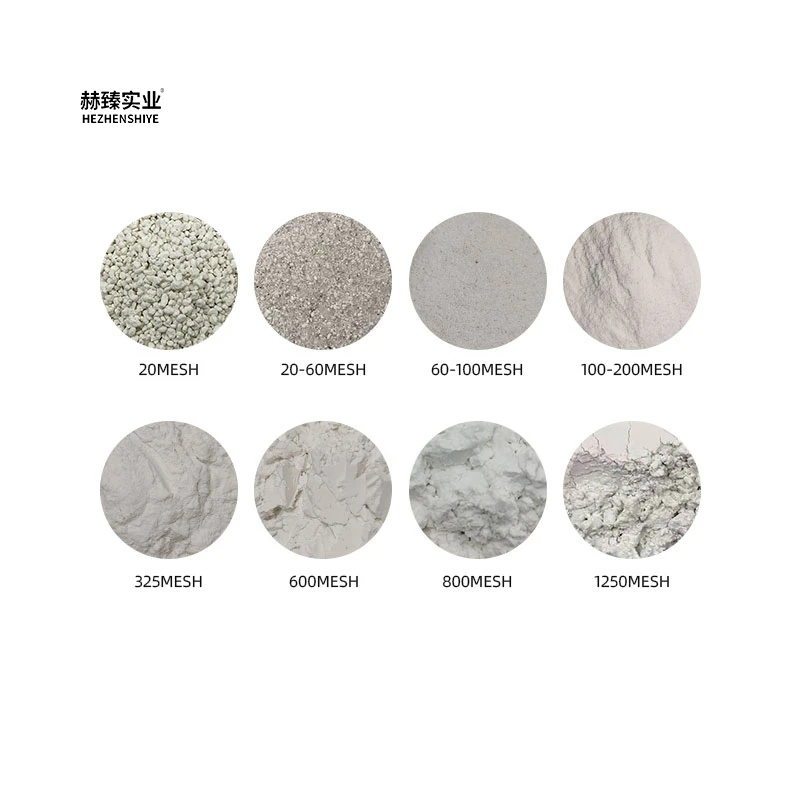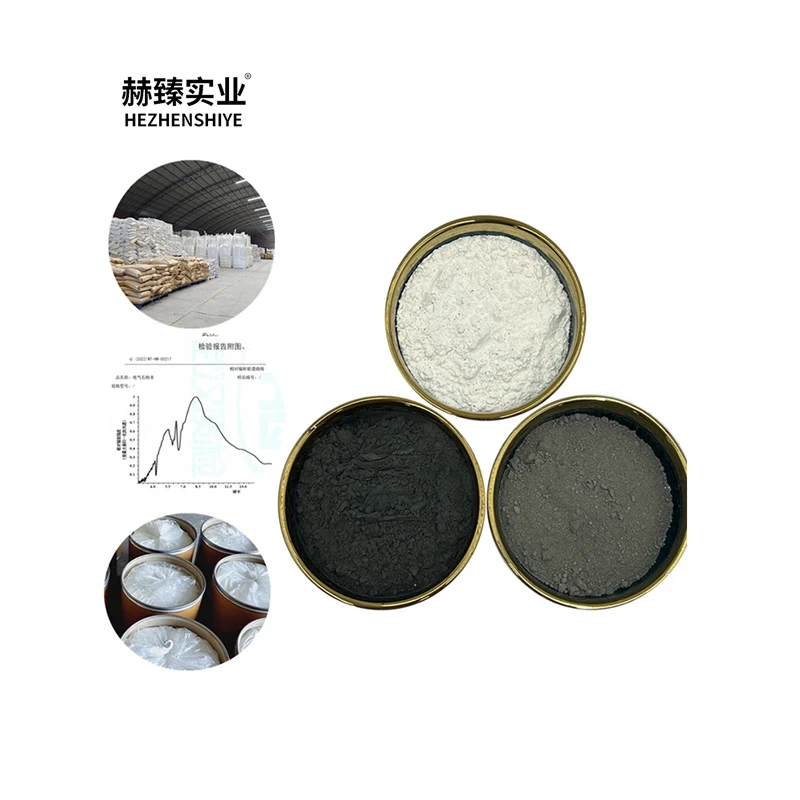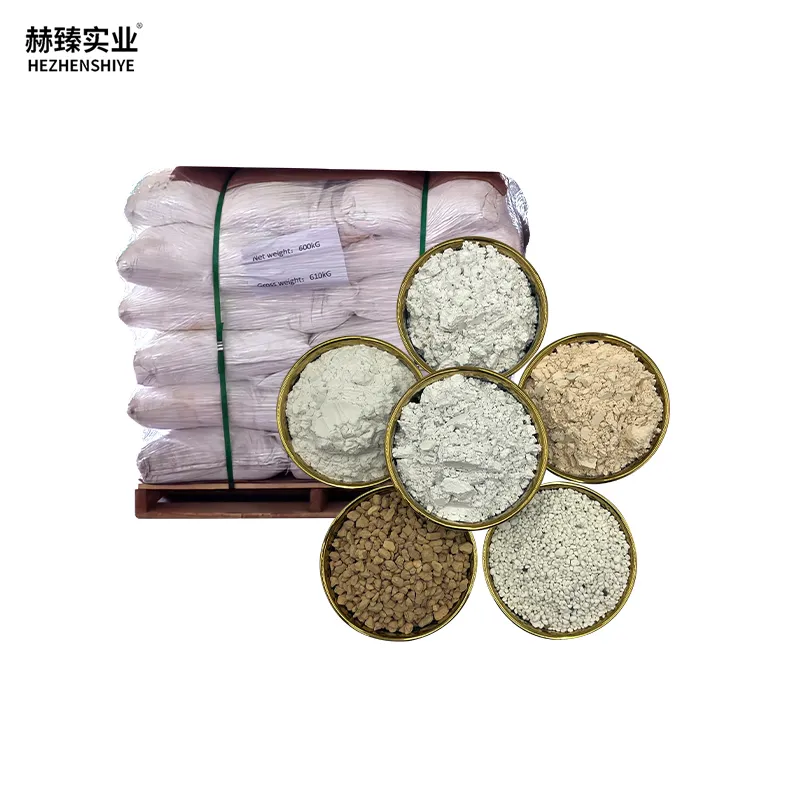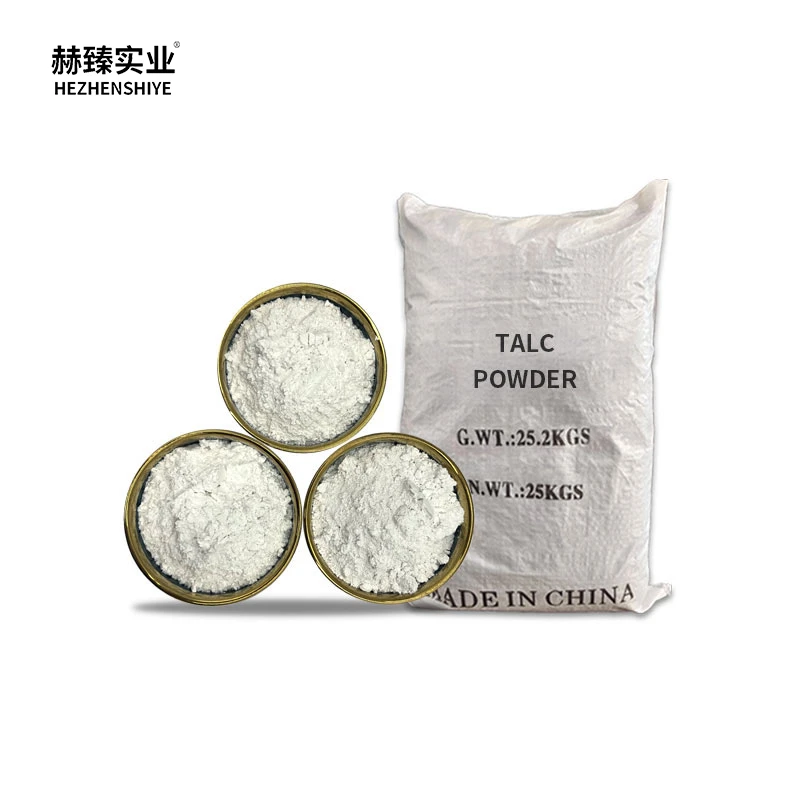Diatomee, often referred to by its more common name Diatomaceous Earth (DE), is a naturally occurring sedimentary material formed from the fossilized silica skeletons of ancient aquatic microorganisms known as diatoms. This unique origin gives Diatomaceous a highly porous, sponge-like structure at the microscopic level—each particle contains thousands of tiny pores that create an enormous surface area, making it ideal for adsorption, filtration, and absorption tasks across various fields. Unlike synthetic materials that may rely on chemical treatments to achieve similar functions, Diatomaceous leverages its inherent physical properties, which remain stable even in harsh conditions such as high temperatures or acidic environments. Its abundance in regions with ancient lake or ocean beds also makes Diatomaceous a cost-effective and sustainable resource for both industrial and consumer applications.
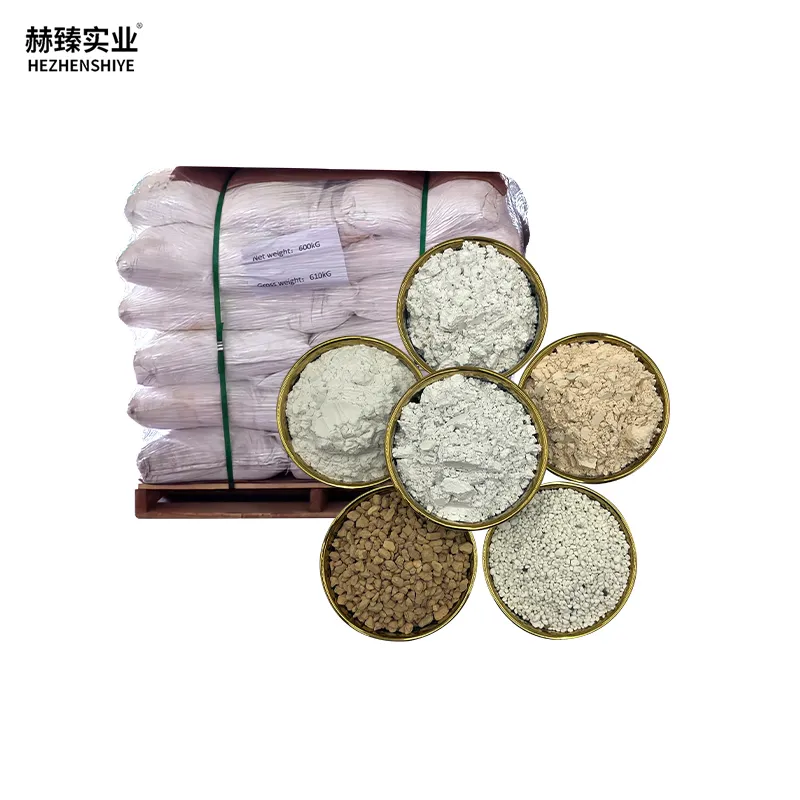
Diatomite Powder, the finely ground form of Diatomaceous Earth, enhances the material’s usability by breaking down the sedimentary rock into lightweight, easy-to-handle particles
The grinding process preserves the porous structure of Diatomaceous while increasing its surface area further, amplifying its adsorption capabilities. In industrial settings, Polvere di diatomite is widely used as a filter aid in water treatment plants, where it traps impurities like sediment, bacteria, and organic matter without altering the chemical composition of the water. It also serves as a functional additive in paints and coatings, where its porous nature helps regulate moisture, prevent cracking, and improve the overall durability of the finished product. Additionally, Diatomite Powder is a key component in cat litters, as it quickly absorbs liquid and neutralizes odors by locking in moisture within its pores, keeping the litter box dry and fresh for longer periods.
Diatomaceous Earth, in its natural or minimally processed form, finds applications that capitalize on its robustness and adsorption properties beyond fine powder uses
In agriculture, Diatomaceous Earth is sprinkled on soil or crop surfaces to act as a natural pest deterrent—its sharp microscopic edges damage the exoskeletons of soft-bodied insects like aphids and beetles, leading to dehydration and death, without harming beneficial pollinators or contaminating the soil. It also functions as a soil amendment, improving drainage and aeration by preventing soil compaction, while its silica content slowly releases nutrients that support plant growth. In the pharmaceutical industry, Diatomaceous Earth is used as an excipient in tablet and capsule formulations, where it acts as a flow agent to ensure uniform mixing of active ingredients and prevent clumping during production.
Diatomaceous Earth Food Grade is a specially processed variant of Diatomaceous Earth that meets strict safety standards for contact with food, beverages, and even human or animal consumption
This grade undergoes rigorous purification to remove heavy metals, contaminants, and crystalline silica (a potentially harmful form of silica), ensuring it is non-toxic and safe for ingestion. In the food industry, Diatomaceous Earth Food Grade is used as a filter aid in the production of wine, beer, and vegetable oils, where it clarifies liquids by removing yeast, sediment, and other impurities without affecting flavor or nutritional content. It is also added to animal feed as a natural digestive aid—for livestock and pets, it helps support gut health by binding to toxins and parasites in the digestive tract, while its silica content promotes healthy skin, coat, and hoof growth. Some consumers even use small amounts of Diatomaceous Earth Food Grade as a dietary supplement, though this practice requires adherence to recommended dosages and consultation with health professionals.
Diatomaceous Earth for Fleas is a targeted application of Diatomaceous Earth that leverages its natural insecticidal properties to eliminate fleas in homes, yards, and on pets
Unlike chemical flea treatments that may contain harsh pesticides, Diatomaceous Earth for Fleas works through physical action: when fleas come into contact with the fine particles, the sharp edges of the Diatomaceous Earth pierce their exoskeletons, causing them to lose moisture and die within hours. For indoor use, it is sprinkled on carpets, pet bedding, and furniture, left to sit for a short period to allow contact with fleas and their larvae, then vacuumed up—this process is safe for humans and pets (when using food-grade or pet-safe variants) and does not leave behind toxic residues. Outdoors, Diatomaceous Earth for Fleas can be applied to lawns, gardens, and outdoor pet areas to reduce flea populations, though it may need reapplication after rain due to its water-soluble nature. Its effectiveness against fleas, combined with its non-toxic profile, makes it a popular choice for pet owners seeking natural pest control solutions.
In summary, Diatomaceous, along with its related forms—Diatomite Powder, Diatomaceous Earth, Diatomaceous Earth Food Grade, and Diatomaceous Earth for Fleas—offers a remarkable range of applications driven by its inherent porous structure and natural properties. Diatomaceous serves as the foundational material, while Diatomite Powder enhances usability for filtration and additives. Diatomaceous Earth excels in agriculture and pharmaceuticals, Diatomaceous Earth Food Grade ensures safety for food-related uses and animal consumption, and Diatomaceous Earth for Fleas provides a natural, non-toxic pest control solution. As industries and consumers increasingly prioritize sustainable, chemical-free alternatives, these variants of Diatomaceous continue to gain relevance, proving their value as versatile, eco-friendly resources across diverse sectors.
Polvere di diatomite FAQs
1. What is the origin and basic composition of Polvere di diatomite earth?
Diatomite Powder earth is formed over millennia from the fossilized remains of diatoms, a type of hard-shelled algae that lived in ancient oceans and lakes. These microscopic skeletons are primarily composed of silica, creating a fine, powdery substance that is both abrasive and highly absorbent due to its intricate porous structure.
2. How does the physical structure of Polvere di diatomite earth make it functionally unique?
The microscopic honeycomb structure of Diatomite Powder earth contains countless tiny pores and channels that create an enormous surface area relative to its volume. This structure enables exceptional liquid absorption and filtration capabilities, allowing it to trap extremely fine particles that other filter media cannot capture.
3. What are the primary industrial applications of Polvere di diatomite earth based on its properties?
Diatomite Powder earth serves as a highly effective filtration medium in numerous industries including food processing, pharmaceuticals and water treatment. Its ability to remove impurities down to sub-micron levels makes it invaluable for clarifying beverages, filtering swimming pool water and purifying chemical solutions.
4. How is Polvere di diatomite earth processed for different commercial uses?
The raw material undergoes careful processing including crushing, drying and milling to achieve various grade specifications. Some applications require calcined Diatomite Powder earth where the material is heat-treated to enhance its filtering properties, while other uses utilize natural uncalcined grades that maintain their full absorbent capacity.
5. What safety considerations should be addressed when handling Polvere di diatomite earth products?
While natural Diatomite Powder earth is generally considered non-toxic, proper dust control measures are essential during handling due to its fine particulate nature. The crystalline silica content in some calcined forms requires respiratory protection, making adequate ventilation and personal protective equipment important for safe industrial use.






